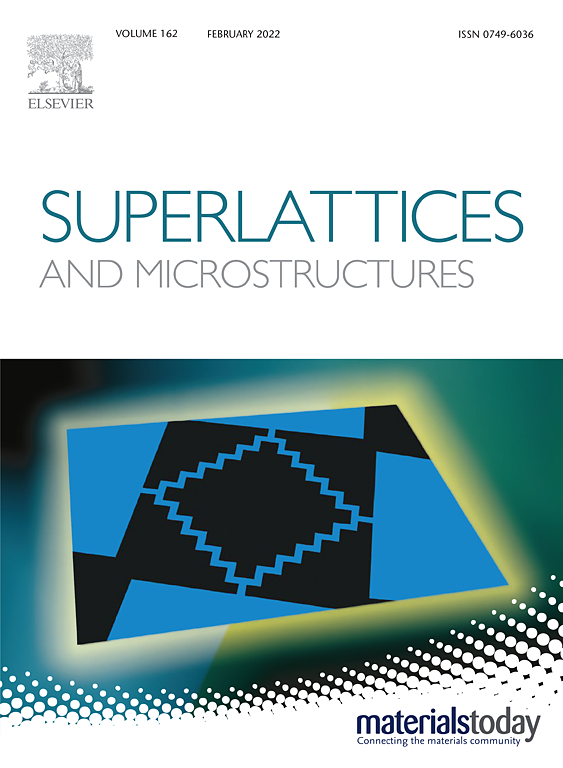利用进动电子衍射数据的晶体变分图
IF 3.3
3区 物理与天体物理
Q2 PHYSICS, CONDENSED MATTER
引用次数: 2
摘要
在这项工作中,我们开发了三种方法,通过分析进动电子衍射数据,以高温形状记忆合金和蓝宝石上的VO2薄膜为模型系统,在纳米尺度上绘制样品的晶体学变化。这三种方法是(I)用户选择参考模式方法,(II)算法选择参考模式方法,以及(III) k-means方法。在前两种方法中,评估了欧几里得距离、余弦和结构相似性(SSIM)算法用于衍射图案相似性量化。我们证明了欧氏距离和SSIM方法优于余弦算法。进一步揭示了衍射数据中的随机噪声会显著影响相似性量化。去噪处理可以提高晶体成像质量。通过上述三种方法,我们能够绘制不同材料体系中的晶体变异体,从而实现快速的变异体数量量化和清晰的变异体分布可视化。讨论了每种方法的优缺点。我们希望这些方法能使马氏体材料的研究人员受益,因为在马氏体材料中,变异信息对理解其性质和功能至关重要。本文章由计算机程序翻译,如有差异,请以英文原文为准。
Crystallographic variant mapping using precession electron diffraction data
In this work, we developed three methods to map crystallographic variants of samples at the nanoscale by analyzing precession electron diffraction data using a high-temperature shape memory alloy and a VO2 thin film on sapphire as the model systems. The three methods are (I) a user-selecting-reference pattern approach, (II) an algorithm-selecting-reference-pattern approach, and (III) a k-means approach. In the first two approaches, Euclidean distance, Cosine, and Structural Similarity (SSIM) algorithms were assessed for the diffraction pattern similarity quantification. We demonstrated that the Euclidean distance and SSIM methods outperform the Cosine algorithm. We further revealed that the random noise in the diffraction data can dramatically affect similarity quantification. Denoising processes could improve the crystallographic mapping quality. With the three methods mentioned above, we were able to map the crystallographic variants in different materials systems, thus enabling fast variant number quantification and clear variant distribution visualization. The advantages and disadvantages of each approach are also discussed. We expect these methods to benefit researchers who work on martensitic materials, in which the variant information is critical to understand their properties and functionalities.
求助全文
通过发布文献求助,成功后即可免费获取论文全文。
去求助
来源期刊

Superlattices and Microstructures
物理-物理:凝聚态物理
CiteScore
6.10
自引率
3.20%
发文量
35
审稿时长
2.8 months
期刊介绍:
Superlattices and Microstructures has continued as Micro and Nanostructures. Micro and Nanostructures is a journal disseminating the science and technology of micro-structures and nano-structures in materials and their devices, including individual and collective use of semiconductors, metals and insulators for the exploitation of their unique properties. The journal hosts papers dealing with fundamental and applied experimental research as well as theoretical studies. Fields of interest, including emerging ones, cover:
• Novel micro and nanostructures
• Nanomaterials (nanowires, nanodots, 2D materials ) and devices
• Synthetic heterostructures
• Plasmonics
• Micro and nano-defects in materials (semiconductor, metal and insulators)
• Surfaces and interfaces of thin films
In addition to Research Papers, the journal aims at publishing Topical Reviews providing insights into rapidly evolving or more mature fields. Written by leading researchers in their respective fields, those articles are commissioned by the Editorial Board.
Formerly known as Superlattices and Microstructures, with a 2021 IF of 3.22 and 2021 CiteScore of 5.4
 求助内容:
求助内容: 应助结果提醒方式:
应助结果提醒方式:


